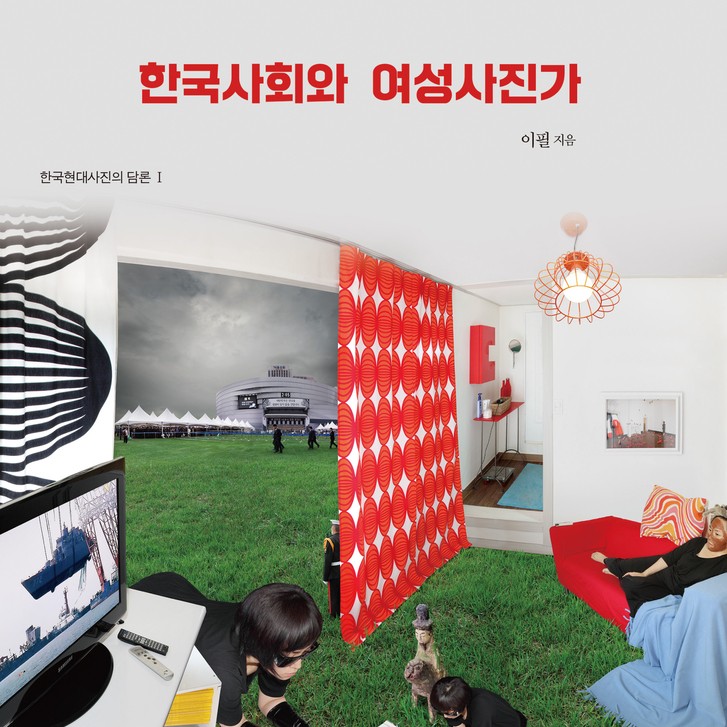Definition of Nonprofit Art Spaces
Nonprofit
art spaces are institutions or organizations that support art creation and
exhibition without pursuing commercial purposes. These spaces provide artists
with the freedom to create and offer opportunities for exhibiting experimental
or alternative art projects. Often pursuing independent art projects or social
and educational goals, non-profit art spaces encourage cultural dialogue and
participation through close engagement with communities.
These
spaces can take various forms, including artist-run studios, education-focused
workshop spaces, community art centers, or independent exhibition spaces.
Non-profit art spaces are relatively free from the influence of capital,
allowing artists to focus on pure artistic activities without commercial
pressures. Additionally, these spaces offer audiences a more open and inclusive
experience of art, promoting interaction among people from diverse social and
cultural backgrounds.
Nonprofit
art spaces emphasize the social and educational value of art, aiming to inspire
social change or enhance public welfare through art. These spaces promote
cultural diversity within communities, discuss social issues through art, and
serve as platforms for experimenting with new cultural expressions. To increase
accessibility to art, non-profit spaces often offer free or low-cost
exhibitions and events, expanding opportunities for everyone to engage with art
and culture.
History of Non-profit Art Spaces
The
history of nonprofit art spaces dates back to the late 1950s. After World War
II, the art world began to criticize commercialism and capitalism, creating a
need for new types of art spaces. Emerging during this period, nonprofit
spaces offered venues for artists to present experimental and innovative works,
distinct from commercial galleries. Throughout the 1960s and 1970s, non-profit
spaces became closely linked to alternative art movements, with Soho in New
York City serving as a significant hub. Soho was the birthplace of the
alternative space concept, where artists challenged traditional art
institutions and pursued new art forms.
By
the 1980s, these nonprofit spaces began to institutionalize, eventually
evolving into major museums like the New Museum. The rise of nonprofit spaces
played a crucial role in fostering diversity and experimentation in
contemporary art, allowing many artists to break free from conventional
boundaries and create new forms of art. Since the 1990s, the number of
non-profit art spaces has increased worldwide, contributing to cultural
diversity in communities and providing ongoing support for artists' creative
activities.
Categories of Nonprofit Art Spaces
- Alternative Spaces: These spaces offer paths different from traditional museums or galleries, supporting experimental or non-mainstream art. They provide platforms for artists to break away from established norms in art form and content, frequently curating exhibitions that explore challenging subjects or social and political issues. Often community-based, alternative spaces maintain close relationships with local communities and pursue social change.
- Educational Nonprofit Spaces: These spaces prioritize art education, offering programs for both professional art training and general public education. They expand learning opportunities through art for all ages, teaching artistic skills and theory to enhance access to art. Workshops, lectures, school programs, and community events are organized to realize educational values through art.
- Artist-led Spaces: Established and operated directly by artists, these spaces prioritize artistic independence, often functioning as alternatives to traditional commercial gallery systems. They provide a free creative environment for artists and offer opportunities for artists to take on roles as exhibition planners, curators, and managers. Artist-led spaces promote direct dialogue between artists and audiences, emphasizing the social role of art and the autonomy of artists.
These non-profit spaces each have unique operating models and goals, performing various functions within the art ecosystem. Through supporting art creation and education, fostering social participation, and promoting cultural diversity, they expand and strengthen the impact of art on society.
Roles of Nonprofit Art Spaces
Nonprofit art spaces play essential roles in contemporary art:
- Encouraging Artistic Creation: Prioritizing artistic value over commercial gain, non-profit spaces provide environments where artists can create freely.
- Activating Cultural Discourse: By addressing various art forms and subjects, they create platforms for forming and sharing new artistic discourse.
- Strengthening Community Engagement: Nonprofit spaces contribute to the revitalization of local culture through interactions with communities.
- Providing Art Education: Beyond exhibitions, they offer workshops, lectures, and seminars to enhance cultural literacy among the public.
- Supporting Artists: Through various residency and creative support programs, non-profit spaces help artists sustain their work.
- Respecting Cultural Diversity: Supporting artists from diverse backgrounds and trends, they respect and embrace cultural diversity.
Nonprofit spaces also play a crucial role in discovering and introducing new artists, promoting the continuous development of the art world and facilitating interactions between art and society. By breaking down the barriers between art and society, these spaces expand the social role of art, making it more accessible and participatory for a broader audience.































